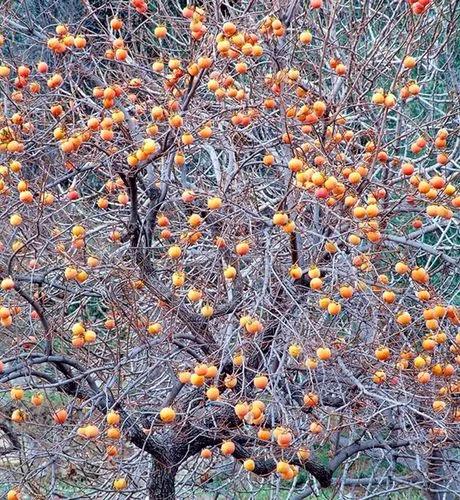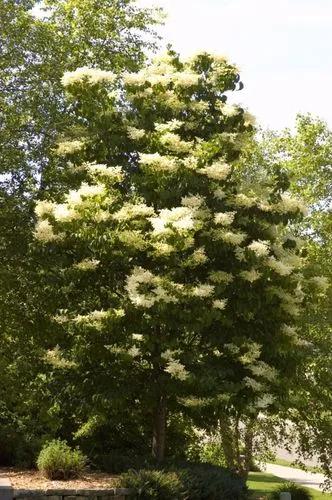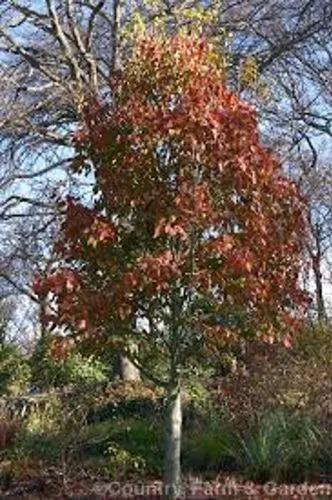Ulmus glabra is a deciduous tree with spreading branches and a broad, rounded crown; it can grow 20 - 30 metres tall, exceptionally to 40 metres, with a bole that can reach 180cm in diameter.
The tree is harvested from the wild for local use as a food, medicine and source of materials. It is grown as an ornamental in parks and large gardens - some smaller-growing cultivars have been produced.
Wych Elm Care
Ulmus Glabra
Other names: Scots Elm



Ulmus glabra, the wych elm, or Scots elm, has the widest range of the European elm species, from Ireland eastwards to the Urals, and from the Arctic Circle south to the mountains of the Peloponnese in Greece; it is also found in Iran. A large, deciduous tree, it is essentially a montane species, growing at elevations up to 1500 m, preferring sites with moist soils and high humidity. The tree can form pure forests in Scandinavia and occurs as far north as latitude 67°N at Beiarn in Norway, and has been successfully introduced as far north as Tromsø, Norway and Alta, Norway (70°N).Wych elm has also been successfully introduced to Narsarsuaq, near the southern tip of Greenland (61°N).
The tree was by far the most common elm in the north and west of the British Isles and is now acknowledged as the only indisputably British native elm species. Owing to its former abundance in Scotland, the tree is occasionally known as the Scotch or Scots elm; Loch Lomond is said to be a corruption of the Gaelic Lac Leaman interpreted by some as 'Lake of the Elms', 'leaman' being the plural form of leam or lem, 'elm'.
Closely related species, such as Bergmann's elm U. bergmanniana and Manchurian elm U. laciniata, native to northeast Asia, were once sometimes included in U. glabra; another close relative is the Himalayan or Kashmir elm U. wallichiana. Conversely, U. elliptica Koch from the Caucasus, considered a species by some authorities,is often listed as a regional form of U. glabra.
The type sometimes reaches heights of 40 m, typically with a broad crown where open-grown, supported by a short bole < 2 m. diameter at breast height (DBH). Normally, root suckers are not seen; natural reproduction is by seed alone. The tree is notable for its very tough, supple young shoots, which are always without the corky ridges or 'wings' characteristic of many elms. The alternate leaves are deciduous, 6–17 cm long by 3–12 cm broad, usually obovate with an asymmetric base, the lobe often completely covering the short (<5 mm) petiole; the upper surface is rough. Leaves on juvenile or shade-grown shoots sometimes have three or more lobes near the apex.The perfect hermaphrodite flowers appear before the leaves in early spring, produced in clusters of 10–20; they are 4 mm across on 10 mm long stems, and being wind-pollinated, are apetalous. The fruit is a winged samara 20 mm long and 15 mm broad, with a single, round, 6 mm seed in the centre, maturing in late spring
How to Care for the Plant

Popularity

442 people already have this plant 106 people have added this plant to their wishlists
Discover more plants with the list below
Popular articles






